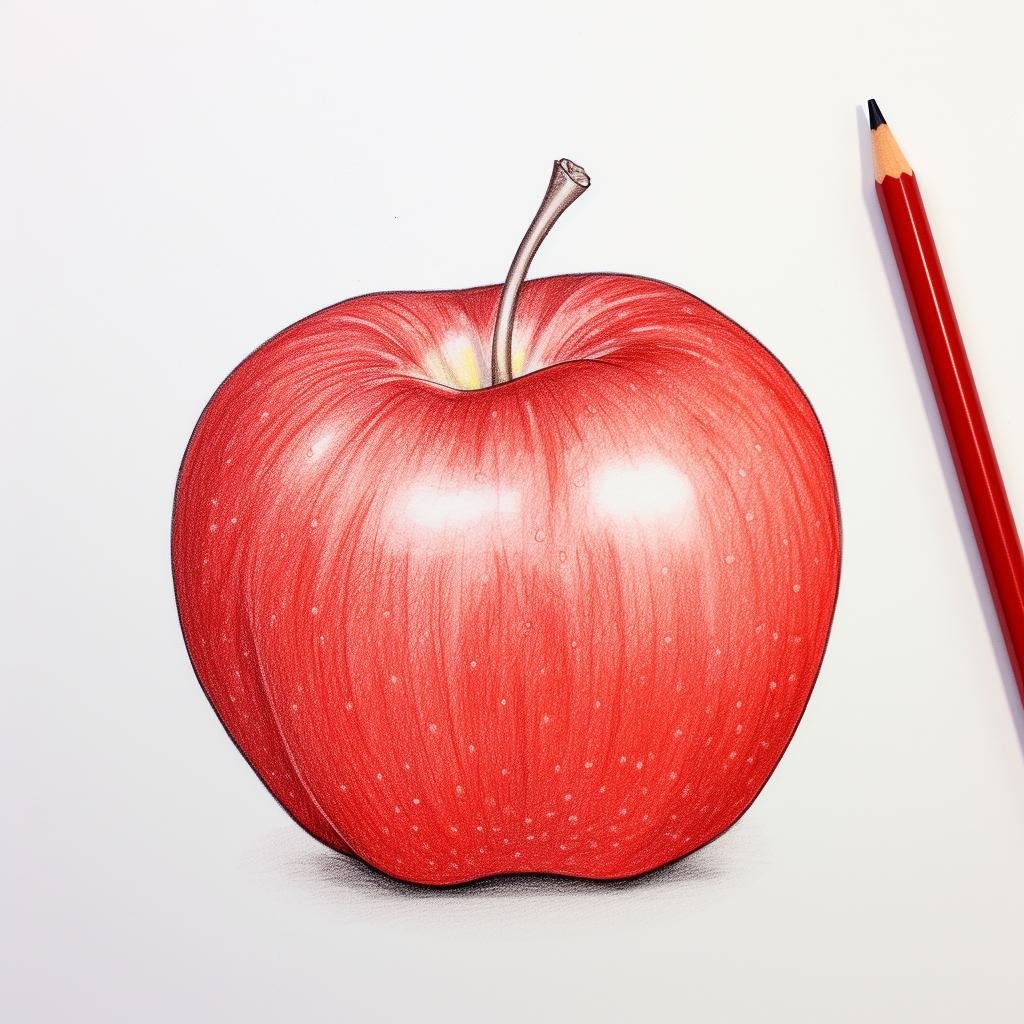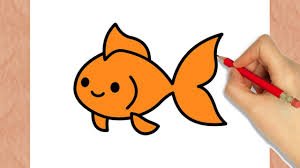Dibujos aesthetic, or aesthetic drawings, have become a popular trend among artists and hobbyists alike. They are simple, visually pleasing, and often evoke feelings of calmness and nostalgia. In this guide, we’ll explore everything you need to know about creating aesthetic drawings that are both easy and beautiful. Whether you’re a beginner or an experienced artist looking for inspiration, this article will walk you through various ideas, tips, and techniques.
What Are Dibujos Aesthetic Fáciles?
Understanding Aesthetic Drawings
Aesthetic drawings are art pieces that focus on minimalism, simplicity, and beauty. They often include pastel colors, soft lines, and pleasing compositions. These drawings can depict anything from nature and everyday objects to abstract patterns and dreamy sceneries.
The word “fáciles” means “easy” in Spanish, indicating that these drawings are designed to be simple enough for anyone to try. They emphasize creativity over complexity, making them accessible to all skill levels.
Why Are They Popular?
The appeal of aesthetic drawings lies in their simplicity and versatility. They’re perfect for:
- Relaxation and stress relief.
- Adding personal touches to journals and planners.
- Decorating walls, notebooks, or gifts.
- Exploring creativity without feeling overwhelmed by complex techniques.
Tools You’ll Need
To get started with dibujos aesthetic fáciles, gather these basic supplies:
- Sketchbook or drawing paper.
- Pencils and erasers.
- Fine-tip pens or markers.
- Colored pencils, markers, or watercolors.
- Ruler and compass for geometric designs.

Step-by-Step Guide to Creating Aesthetic Drawings
1. Start With Simple Shapes
Many aesthetic drawings begin with basic shapes such as circles, squares, and triangles. These serve as the foundation for more complex designs.
How to Begin
- Sketch lightly with a pencil to outline your shapes.
- Use a ruler or compass for precision.
- Combine shapes to create unique patterns or objects.
Ideas for Simple Shapes
- Geometric Patterns: Create a grid of triangles or hexagons and fill them with different colors or textures.
- Flowers and Leaves: Start with a circle and add petal-like shapes around it.
- Cute Icons: Draw hearts, stars, or clouds with rounded edges.
Tips for Beginners
- Don’t worry about perfection. The charm of aesthetic drawings often lies in their hand-drawn look.
- Experiment with sizes and placements to create depth and interest.
2. Add Colors and Textures
Colors play a vital role in aesthetic art. Soft, pastel shades are a staple, but you can also experiment with monochrome or vibrant palettes.
Choosing the Right Colors
- Stick to a limited color palette to maintain harmony.
- Use complementary colors for contrast.
- Incorporate gradients for a dreamy effect.
Techniques to Try
- Blending: Use colored pencils or markers to create smooth transitions between shades.
- Textures: Add dots, lines, or cross-hatching to give your drawings a unique look.
- Layering: Apply multiple layers of color for a richer appearance.
Examples of Colorful Designs
- Sunset Skies: Blend pink, orange, and purple to create a calming background.
- Nature Scenes: Use greens and browns for plants, paired with soft blues for the sky.
- Abstract Patterns: Mix pastels with metallic accents for a modern touch.
3. Incorporate Aesthetic Themes
Aesthetic drawings often revolve around specific themes. Choose one that resonates with you and start brainstorming ideas.
Popular Themes
- Nature: Flowers, trees, mountains, and oceans.
- Vintage: Old-school items like vinyl records, typewriters, and Polaroid cameras.
- Celestial: Stars, moons, and galaxies.
- Minimalist: Simple line art or silhouettes.
How to Develop a Theme
- Collect reference images or mood boards for inspiration.
- Break down the theme into smaller elements. For example, a celestial theme could include constellations, crescent moons, and shooting stars.
- Arrange the elements in a balanced composition.
Bringing Themes to Life
- Use fine-tip pens for detailed outlines.
- Add small accents like sparkles or dots to enhance the theme.
- Experiment with layering elements, such as placing a moon behind a silhouette of trees.
Practical Applications for Your Drawings
1. Journaling and Scrapbooking
Dibujos aesthetic fáciles are perfect for adding a creative touch to your journal or scrapbook.
Ideas for Journals
- Headers: Decorate your page titles with floral or geometric designs.
- Borders: Draw simple patterns along the edges of your pages.
- Icons: Add small doodles to represent daily activities or moods.
Scrapbooking Tips
- Use aesthetic drawings to frame photos or mementos.
- Combine your art with stickers and washi tape for a cohesive look.
- Create thematic pages, such as a travel journal with doodles of landmarks and maps.
2. Home Decor
Transform your aesthetic drawings into DIY decor pieces for your home.
Projects to Try
- Wall Art: Frame your drawings or create a gallery wall with a mix of art styles.
- Gift Tags: Draw mini designs on cardstock and attach them to presents.
- Bookmarks: Laminate your artwork to create sturdy, reusable bookmarks.
3. Social Media Content
Share your creations on platforms like Instagram or Pinterest to connect with other artists and inspire others.
Tips for Posting
- Use natural lighting and a clean background to photograph your art.
- Write captions that describe your process or the story behind your drawing.
- Experiment with reels or time-lapse videos to showcase your techniques.
Overcoming Common Challenges
1. Fear of Making Mistakes
Many beginners hesitate to start because they’re afraid of messing up. Remember, art is all about experimentation and growth.
Solutions
- Use a light pencil sketch as your guide.
- Keep an eraser handy to fix minor errors.
- Embrace imperfections as part of your unique style.
2. Running Out of Ideas
Creative blocks can happen to anyone. When you’re stuck, try these strategies:
Inspiration Sources
- Browse online platforms like Pinterest or Instagram.
- Take a walk in nature and observe patterns and colors.
- Experiment with combining unrelated themes, such as geometric patterns with floral designs.
Practice Exercises
- Challenge yourself to draw one small aesthetic piece daily.
- Recreate existing designs with your personal twist.
- Try blind contour drawing to spark creativity.
3. Lack of Time
If you’re short on time, focus on quick, simple drawings that still bring you joy.
Time-Saving Tips
- Set aside 10-15 minutes daily for art.
- Use pre-made templates or stencils for faster results.
- Work on smaller pieces that can be completed in one sitting.
Conclusion
Dibujos aesthetic fáciles are a delightful way to explore your artistic side without feeling overwhelmed. By starting with simple shapes, experimenting with colors, and incorporating themes, you can create stunning art that’s uniquely yours. Whether you’re using your drawings to decorate your space, enhance your journal, or share on social media, the possibilities are endless.
So grab your tools, let your imagination run wild, and enjoy the process of creating beautiful, easy aesthetic drawings. Happy drawing!




















